
|
|
|
|
|
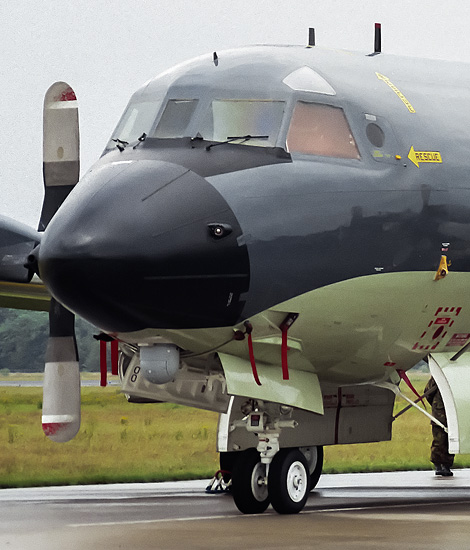
|
F-16s at Twenthe and Leeuwarden; Volkel, September 2, 2000
The Dutch F-16 Squadrons, part 2; Text and Photograph's by Alex van Noye
Besides Volkel Air Base, also Twenthe Air Base and Leeuwarden Air Base are the home base of two Dutch F-16 squadrons. The no 313 and no 315 Squadron are stationed at Twenthe and the no 322 and no 323 Squadron are stationed at Leeuwarden. Both Twenthe and Leeuwarden are Dutch MOB (Main Operating Base).
Twenthe Air Base is the second airbase in the Netherlands where F-16s are currently stationed. The first unit based on that airfield is the no 313 Squadron. The tiger in the emblem of the no 313 Squadron symbolizes the determination, strength and speed of action with which the unit is acting. The history of the no 313 Squadron starts in 1952. At Volkel Air Base a number of T-33 T-Birds arrived. The unit flew with these aircraft until January 1, 1959. The no 313 Squadron was then disbanded. It would take until 1972 before the no 313 Squadron was re-established. On October 12, 1972, the unit was re-established at Twenthe Air Base. From that moment on, the squadron was equipped with the NF-5 Freedom Fighter. The squadron would fly with this type of aircraft for 18 years. The no 313 Squadron was one of the four NF-5 squadrons in the Netherlands. Between 1988 and 1990 the unit slowly switched to the F-16 Fighting Falcon. At that moment, the squadron emblem still consisted of the yellow bird in the blue circle. With the arrival of the F-16, this emblem was replaced by the tiger head which was painted on the tail of the F-16. The battle cry of the unit was "With Sharped Teeth" at that moment. With the arrival of the F-16 the no 313 Squadron got a new task at the beginning of the 90s. This task was an operational conversion task. The unit had to train pilots to the operational standard in the busy European airspace. However, this task was taken over by the no 316 Squadron in 1992, which had meanwhile been relocated to Eindhoven Air Base. The job came back in 1994 to the no 313 Squadron after the no 316 Squadron was disbanded.
The second squadron based on Twenthe is the no 315 Squadron. The F-16s of the no 315 Squadron are recognizable by the blue badge on the tail with the yellow lion's head. The battle cry of the squadron at Twenthe is "Nec Timide Nec Tumide" which means "Without Fear and Without Overconfidence". The history of the no 315 Squadron starts at Eindhoven Air Base when the no 315 Tactical Fighter Squadron of
|
|
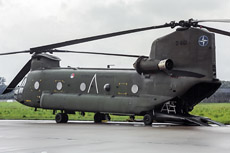
|
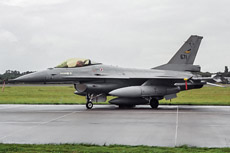
|
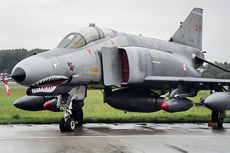
|
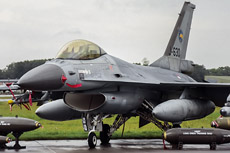
|
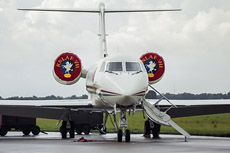
|
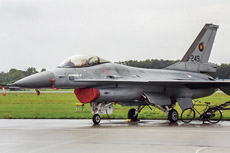
|
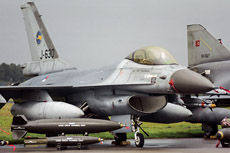
|
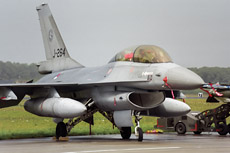
|
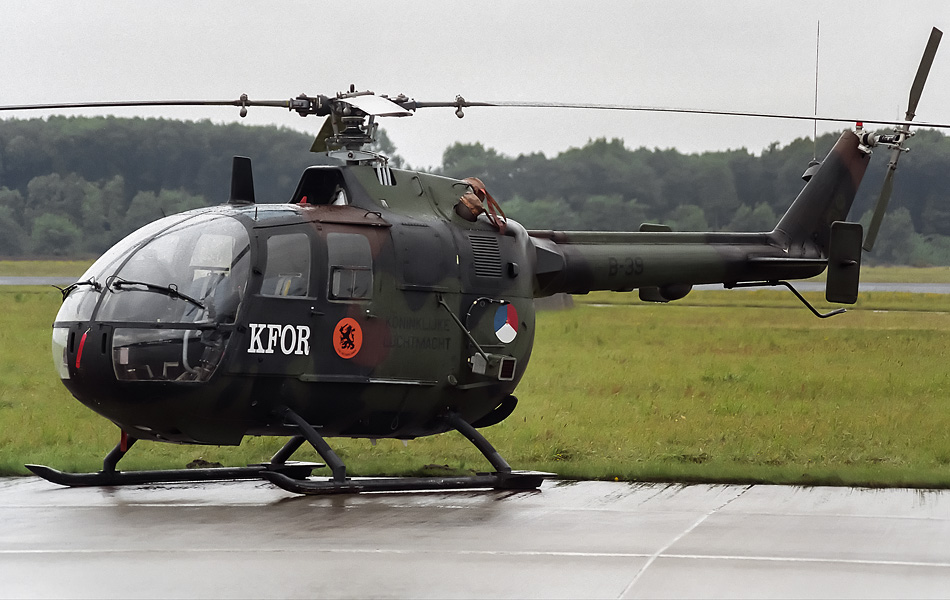
|
the Royal Netherlands Air Force was established on July 1, 1952. The F-84G Thunderjet was the first aircraft type with which the unit was equipped. The first home base of the no 315 Squadron was at that time Eindhoven Air Base. The units at Eindhoven Air Base belonged together with the units at Volkel Air Base to the Tactical Air Force Command (CTL). On May 1, 1970, the no 315 Squadron was transferred to Twenthe Air Base. The F-84F Thunderstreaks were left at Eindhoven, because the aircraft were replaced by the Canadair NF-5 Freedom Fighter. The no 315 Squadron was the first unit in the Netherlands to be equipped with the NF-5. In 1986, the no 315 Squadron became the first NF-5 unit in the Netherlands which switched to the F-16 Fighting Falcon. The F-16 is a versatile aircraft and the pilots of the no 315 Squadron got a number of tasks such as the air defense task. At the beginning of the 1990s the Dutch F-16s were frequently used for the first time in international conflicts.
The third airbase where F-16s are stationed in the Netherlands is Leeuwarden Air Base in the north of the country. The first unit stationed here is the no 322 Squadron. This unit is the oldest remaining unit of the Royal Netherlands Air Force. The unit was established on June 12, 1943. The unit was equipped with the newer Spitfire XIV during the move to RAF Acklington in 1944. The unit flew several missions during the Battle of Arnhem. The unit received a new squadron mascot during this period. It was the gray red-tailed parrot. This parrot was also depicted in the squadron emblem. The parrot became known as Polly Grey and this was immediately the new name of the squadron. The squadron spell was "Don’t Talk But Act" by this bird. On September 27, 1946, the no 322 Squadron was re-established as part of the Royal Netherlands Air Force. The unit moved to Soesterberg Air Base on August 31, where it was equipped with the Meteor Mk.8. In January 1958, the squadron switched to the Hunter F4. On April 1, 1964, the unit was stationed at Leeuwarden Air Base. The unit will fly from that moment on with the F-104G Starfighter. On May 1, 1981 the no 322 Squadron was the first unit equipped with the F-16 Fighting Falcon. In 1999 the no 322 Squadron is the first unit that shoots down an enemy aircraft with the F-16. The aircraft pulled down a MiG-29 which tried to disrupt the allied bombing. Because of this incident, the J-063 now carries a MiG-29 silhouette under the cockpit.
The second unit at Leeuwarden which flies with the F-16 is the no 323 TACTES Squadron. The history of the no 323 Squadron starts at Twenthe Air Base. The unit was founded there in 1948 when the first Gloster Meteors arrived. The no 323 Squadron was then known as the “Jachtvliegschool” (Fighter School). The unit was soon moved to Leeuwarden Air Base. After the move to Leeuwarden, the staff of the unit searched for an identity which would underline the presence of the no 323 Squadron on the airbase. Eventually the spirit of Diana was developed within the unit. Diana was the Roman goddess of hunting. The motto that belonged to the goddess of the hunt was "Impetu Feroci", meaning "Fighting Attack". The daily activities of the no 323 Squadron existed at the beginning of the 50s mainly from pilots training and organized various shooting courses. The squadron would also train pilots from other units to shooting instructors. From October 1957, the no 323 Squadron converted as the first unit to the Hawker Hunter. From March 17, 1964, the no 323 Squadron was equipped with the Lockheed F-104G Starfighter. Due to the arrival of the F-16, the squadron was temporarily disbanded on August 1, 1980, after the complete retraining of the personnel it was established again on April 1, 1982. On July 3, 1992 the no 323 Squadron was renamed to the 323 Tactical Training, Evaluation & Standardization Squadron (TACTESS). It is a unit that trains flight and weapon instructors, but also provides Integrated Combat Training (ICT).
|
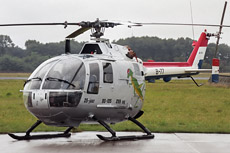
|
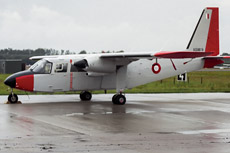
|
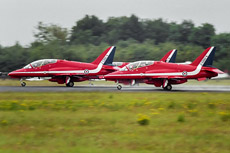
|
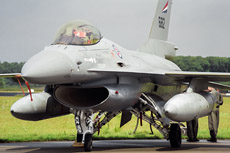
|
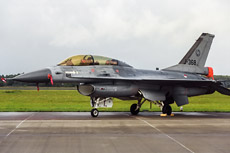
|
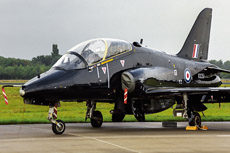
|
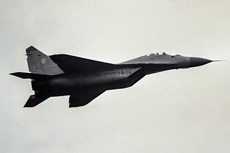
|
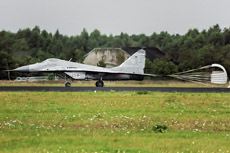
|
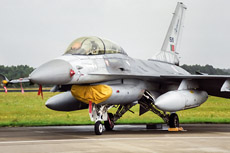
|
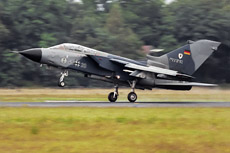
|
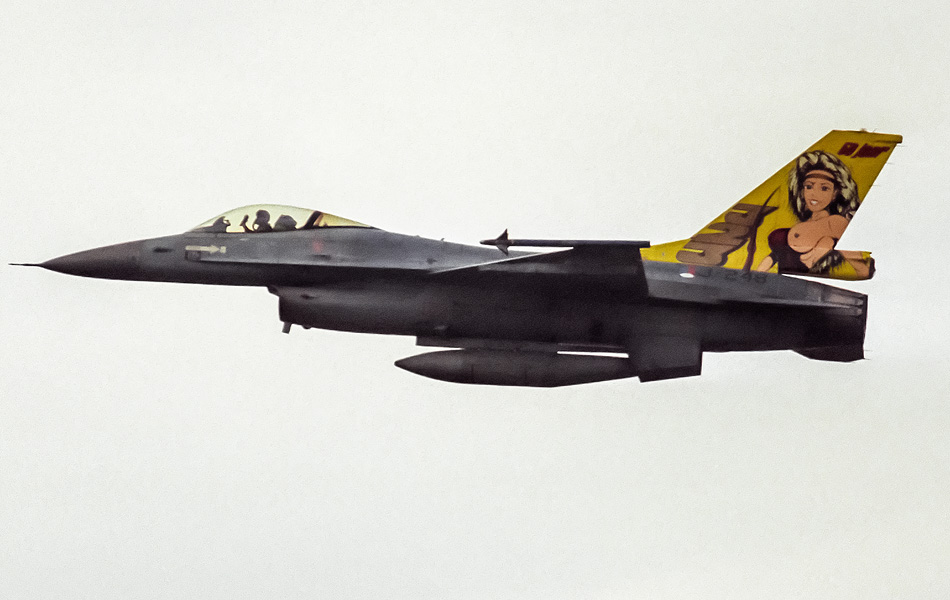
|
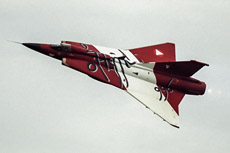
|
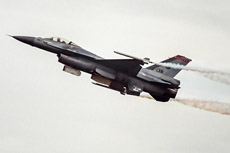
|
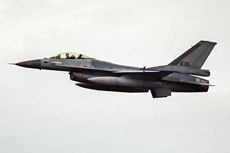
|
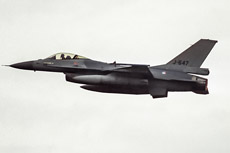
|
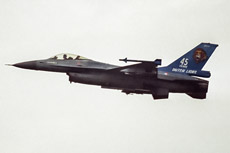
|
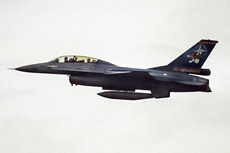
|
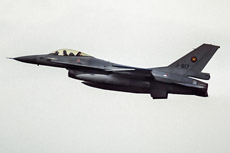
|
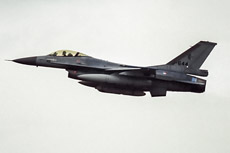
|
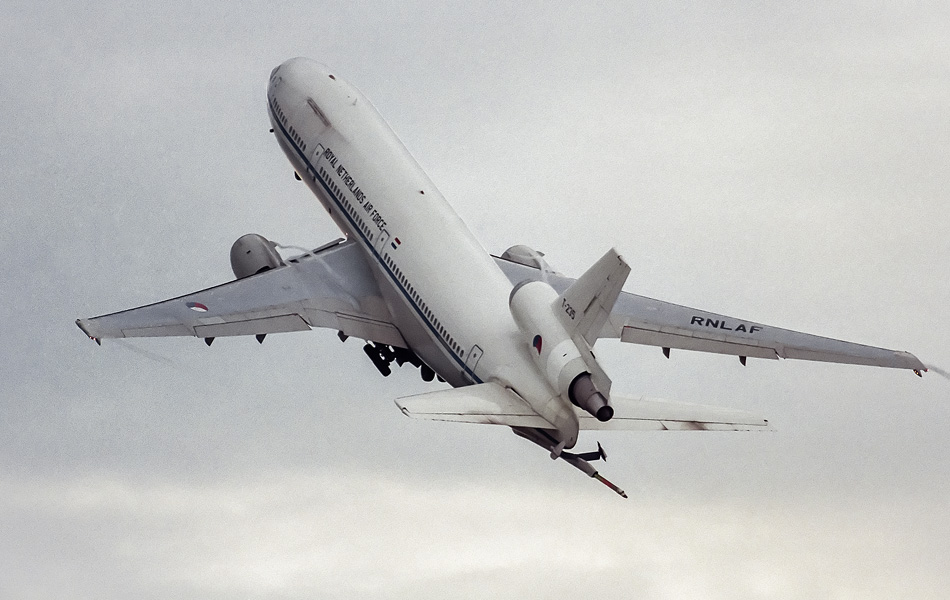
|
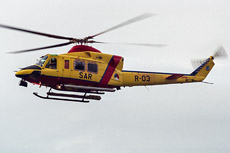
|
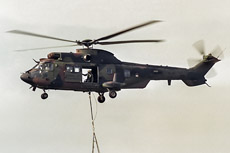
|
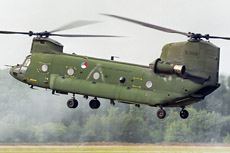
|
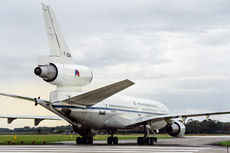
|
|
|

|







